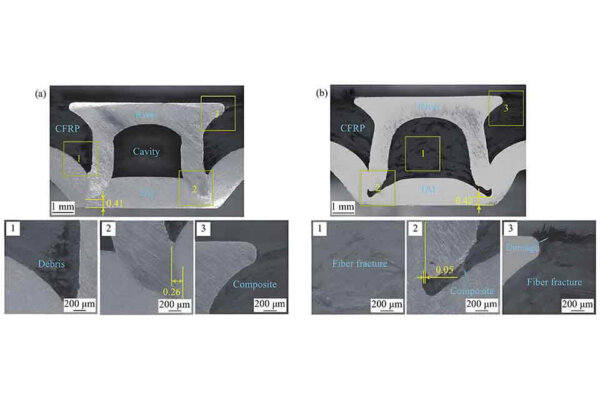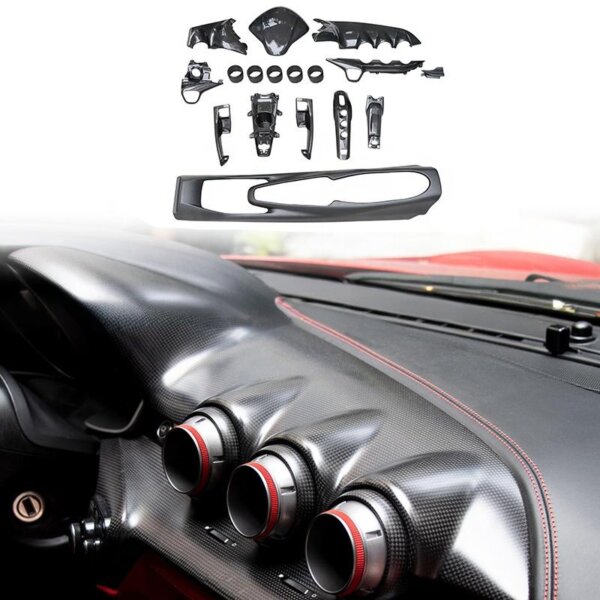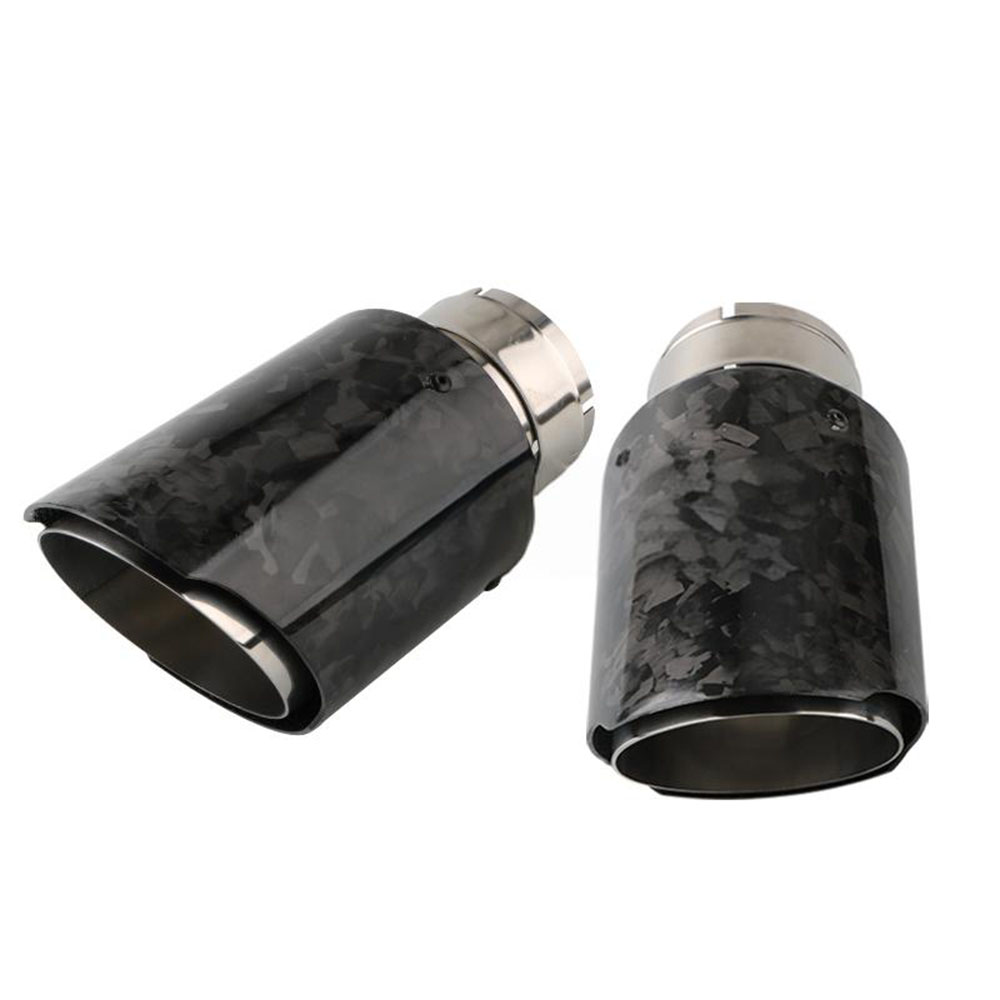
CFRP vs Carbon Fiber: Key Differences Explained
When it comes to lightweight, durable materials with incredible strength, oglekļa šķiedra un CFRP (carbon fiber reinforced polymer) dominate the discussion. These materials are widely used in industries such as aviācija, automobiļu nozare, un sporta inventārs, but they differ in several key areas. This article will dive deep into the differences between oglekļa šķiedra un CFRP, covering everything from their definitions and characteristics to applications and manufacturing processes.
Kas ir oglekļa šķiedra?
Definition
Carbon fiber is a high-performance material made from carbon-rich synthetic fibers, like polyacrylonitrile (PAN), through processes such as oxidation, carbonization, un graphitization. It has over 90% carbon content and offers phenomenal mechanical and thermal properties.
Key Characteristics
Lightweight but Strong:
- Blīvums: Less than 25% of steel.
- Stiepes izturība: Over 3500 MPa, which is 7–9 times greater than steel.
- Elastic Modulus: Ranges between 23,000–43,000 MPa, making it rigid.
Thermal Properties:
- High Temperature Resistance: Operates above 2000°C.
- Low thermal expansion coefficient: Keeps its shape even in extreme heat.
Physical Performance:
- Corrosion resistant.
- Electrically conductive.
- Can be woven into fabrics or integrated into composite materials.
Core Limitations
- Brittle Nature: Carbon fiber alone is prone to breakage; it must be combined with other materials to enhance structural durability.

Pieteikumi
Carbon fiber finds its place in industries demanding lightweight, strong materials:
- Aviācija un kosmoss: Used in aircraft wings, rocket boosters, and missile structures to reduce weight and improve performance.
- Transportation: Sports cars like F1 vehicles leverage carbon fiber to enhance aerodynamics and strength.
- Other Industries: Applications include industrial robots, carbon fiber robotic exoskeleton systems, sporta inventārs (bicycles, tennis rackets), medical prosthetics, and building reinforcement materials.
What is CFRP (Carbon Fiber Reinforced Polymer)?
Definition
CFRP is a kompozītmateriāls where carbon fiber acts as a reinforcing agent embedded in a matrix material like epoksīda sveķi, ceramics, vai pat metals. This combination boosts strength and alters performance characteristics.
Key Characteristics
Lightweight Advantage:
- CFRP is 50% šķiltavas nekā tērauda un 30% šķiltavas than aluminum.
- Boasts a specific strength exceeding 2000 MPa/(g/cm³), far surpassing steel.
Structural Strength:
- High fatigue resistance.
- Can recover strength after load removal (pseudo-plastic effect).
Thermal Properties:
- Retains strength at extreme temperatures (2200°C).
- Low thermal expansion coefficient ensures dimensional stability.
Ražošanas procesi
Traditional Methods:
- Hand Lay-Up Molding: Suitable for custom designs, like sports car bodies.
- Filament Winding: Creates cylindrical structures such as high-pressure tanks.
Modern Techniques:
- RTM (Resin Transfer Molding): Enables mass production, especially for automotive components.
- VARI (Vacuum-Assisted Resin Infusion): Ideal for large structures like aircraft fuselages.

Pieteikumi
CFRP has a broader range of functions compared to carbon fiber:
- Aviācija un kosmoss: Builds over one-third of modern aircraft structure (e.g., Boeing 787 fuselage).
- Automotive: Used extensively in body panels, disc brakes, and interiors.
- Specialized Fields: Nuclear reactor components, solid rocket nozzles, and artificial heart valves benefit from CFRP’s unique properties.
Carbon Fiber vs CFRP: Core Differences
Comparison Table
| Dimension | Oglekļa šķiedra | CFRP |
|---|---|---|
| Essence | Single material (fiber) | Composite material |
| Mechanical Properties | High strength but brittle | High impact resistance due to matrix |
| Electrical Conductivity | Comparable to metals | Less conductive, requiring added layers |
| Ražošanas process | High-temperature carbonization | Layering fibers + resin curing |
| Damage Behavior | Shatters completely upon impact | Retains structure; energy absorbed |
| Pārstrādājamība | Technically recyclable | Recycling reduces strength by ~30% |
| Functionality | Primarily reinforcement | Final structural application |
Carbon Fiber vs CFRP in Typical Applications
Carbon Fiber Alone
- Non-load-bearing uses:
- Anti-static fabrics and heating elements in satellites.
- Insulation layers for non-structural purposes.
CFRP Applications
Load-Bearing Structures:
- Aircraft fuselage (20% šķiltavas than aluminum).
- F1 crash zones absorb energy during collisions.
Extreme Environments:
- Rocket nozzle linings exhibit high ablation resistance.
- Brake discs withstand intense heat and friction forces.
Carbon Fiber vs CFRP: Cost and Sustainability
Carbon Fiber Cost vs CFRP
Oglekļa šķiedra is expensive to produce due to its high-temperature manufacturing process. However, CFRP adds to the cost because it involves combining carbon fiber with a matrix material and requires advanced molding techniques.
Carbon Fiber Recycling vs CFRP
- Oglekļa šķiedra: Easier to recycle as it can be broken down and reused in specific non-critical applications.
- CFRP Recycling: Complicated due to resin curing. Recycling often leads to reduced material quality, making sustainability a key concern.
Advantages and Disadvantages
Oglekļa šķiedra
Pros:
- Extremely lightweight and strong.
- High thermal resistance.
- Electrically conductive.
Cons:
- Brittle when used alone.
- Requires a matrix for structural reliability.
CFRP
Pros:
- Superior strength and durability.
- Resistant to fatigue and impact damage.
- Supports load-bearing applications across industries.
Cons:
- Difficult to recycle.
- Costlier due to resin-related processes.
Use Cases: Carbon Fiber vs CFRP
Carbon Fiber Strength vs CFRP
While carbon fiber provides raw strength, CFRP incorporates triecienizturība un energy absorption, making it better for dynamic applications like aircraft and automobiles.
Carbon Fiber in Cars vs CFRP in Cars
Carbon fiber is often woven into vehicle interiors, whereas CFRP forms structural components like body panels, which maintain integrity during high-speed collisions.
Conclusion: The Flour and Bread Analogy
Oglekļa šķiedra is the “flour” of the composite material world — a high-quality raw ingredient. Meanwhile, CFRP is the “bread” — a finished product suitable for direct structural applications. By combining carbon fiber with matrix materials, CFRP achieves superior lightweight strength, triecienizturība, un termiskā stabilitāte, revolutionizing industries such as aviācija, automobiļu nozare, un sporta inventārs.
For intricate applications requiring load-bearing structures and dynamic performance, CFRP provides unmatched engineering value. However, for cost-efficiency and simpler, non-structural applications, oglekļa šķiedra alone can suffice.



